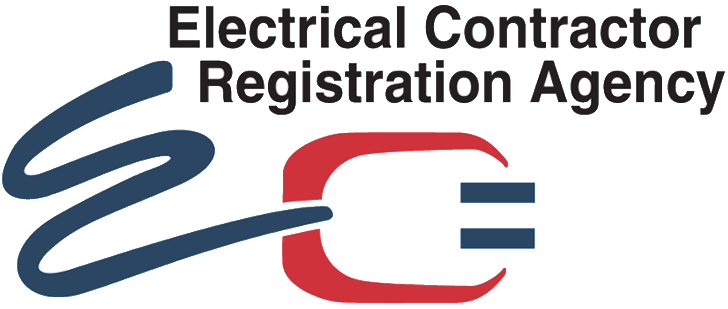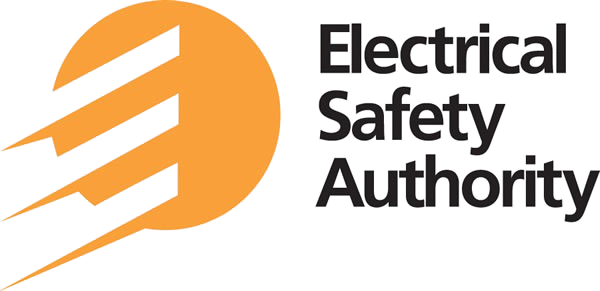Ventar — Advanced Ventilation & Indoor Air Quality Solutions for Canadian Homes and Businesses
Subheading
Energy-efficient ventilation, air distribution, and smart zoning systems — engineered for the Canadian climate, installed by certified local technicians, and compliant with national building codes.
Mission Statement
At Ventar, our mission is to enhance indoor air quality and occupant comfort through scientifically validated ventilation and energy recovery solutions. We deliver systems that not only optimize airflow distribution and filtration but also ensure compliance with Canadian standards such as the National Building Code (NBC), CSA guidelines, and relevant ASHRAE recommendations.
Core Brand Values
Technical Excellence: Evidence-based design, performance testing, and compliance with industry standards.
Health & Safety: Prioritizing IAQ parameters such as CO₂, PM2.5, humidity, and VOC levels, in alignment with Health Canada recommendations.
Energy Efficiency: Deployment of HRV/ERV systems and smart zoning technologies that reduce energy demand while maintaining thermal comfort.
Reliability & Support: Installations and maintenance performed by licensed Canadian HVAC professionals.
Why Ventar?
Solutions tailored to the unique thermal and humidity conditions of Canadian regions (cold winters, humid summers).
Integration of high-efficiency filters (MERV-rated) and smart airflow control to improve occupant well-being.
Data-driven monitoring and root cause analysis methodology for troubleshooting, ensuring long-term system reliability.
Transparent service contracts, warranty coverage, and ongoing technical support.
Visual/Identity Suggestions
Imagery: airflow simulations, technicians performing diagnostics, real-time IAQ monitoring dashboards.
Tone: precise, professional, science-driven.
Colours: Blue (trust), Green (health/efficiency), White/Grey (technology/science).
1. Why is there little or no airflow from a supply vent even though the system is running?
1. Why is there little or no airflow from a supply vent even though the system is running?
Possible Causes (User-Level Check):
Blocked or closed supply registers.
Clogged air filters restricting static pressure.
Zoning dampers inadvertently closed.
Root Cause Analysis (Technician-Level):
Measure airflow rate (CFM) at the vent using an anemometer.
Assess static pressure across the system using a manometer.
Inspect blower motor amperage/voltage for mechanical or electrical faults.
2. Why are some rooms consistently warmer or cooler than others?
Imbalanced ductwork or poorly sized diffusers.
Inadequate insulation or air leakage in duct runs.
Faulty or misconfigured zoning dampers.
Root Cause Analysis:
Perform load calculations (Manual J equivalent) to verify thermal demand per room.
Compare measured CFM vs. design specifications at each register.
Inspect damper controls and verify actuator calibration.
Assess building envelope insulation and infiltration rates.
3. What causes unusual noises such as buzzing, rattling, or vibration in the system?
Loose or resonating ductwork.
Worn blower bearings or unbalanced fan assembly.
Vibration transfer due to improper mounting.
Root Cause Analysis:
Acoustic analysis to classify the frequency of the noise (mechanical vs. aerodynamic).
Inspect mechanical fasteners and duct supports.
Check blower wheel alignment and motor shaft runout.
Apply vibration-damping supports if structural resonance is identified.
4. Why is there condensation or dripping around air vents or ducts?
Excessive indoor humidity combined with cold air supply.
Insufficient duct insulation, leading to dew-point contact.
Clogged condensate drain or frozen evaporator coil.
Root Cause Analysis:
Measure relative humidity (%) and compare to optimal range (30–50%).
Check refrigerant system pressures to rule out undercharge/overcharge scenarios.
Inspect insulation continuity on ducts in unconditioned spaces.
Confirm proper slope and clearance of condensate drainage.


